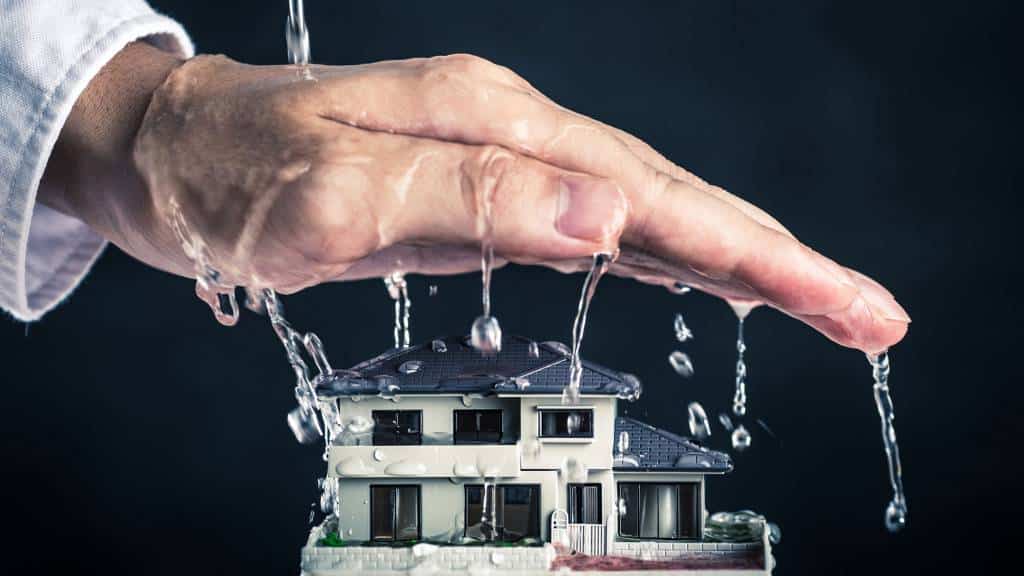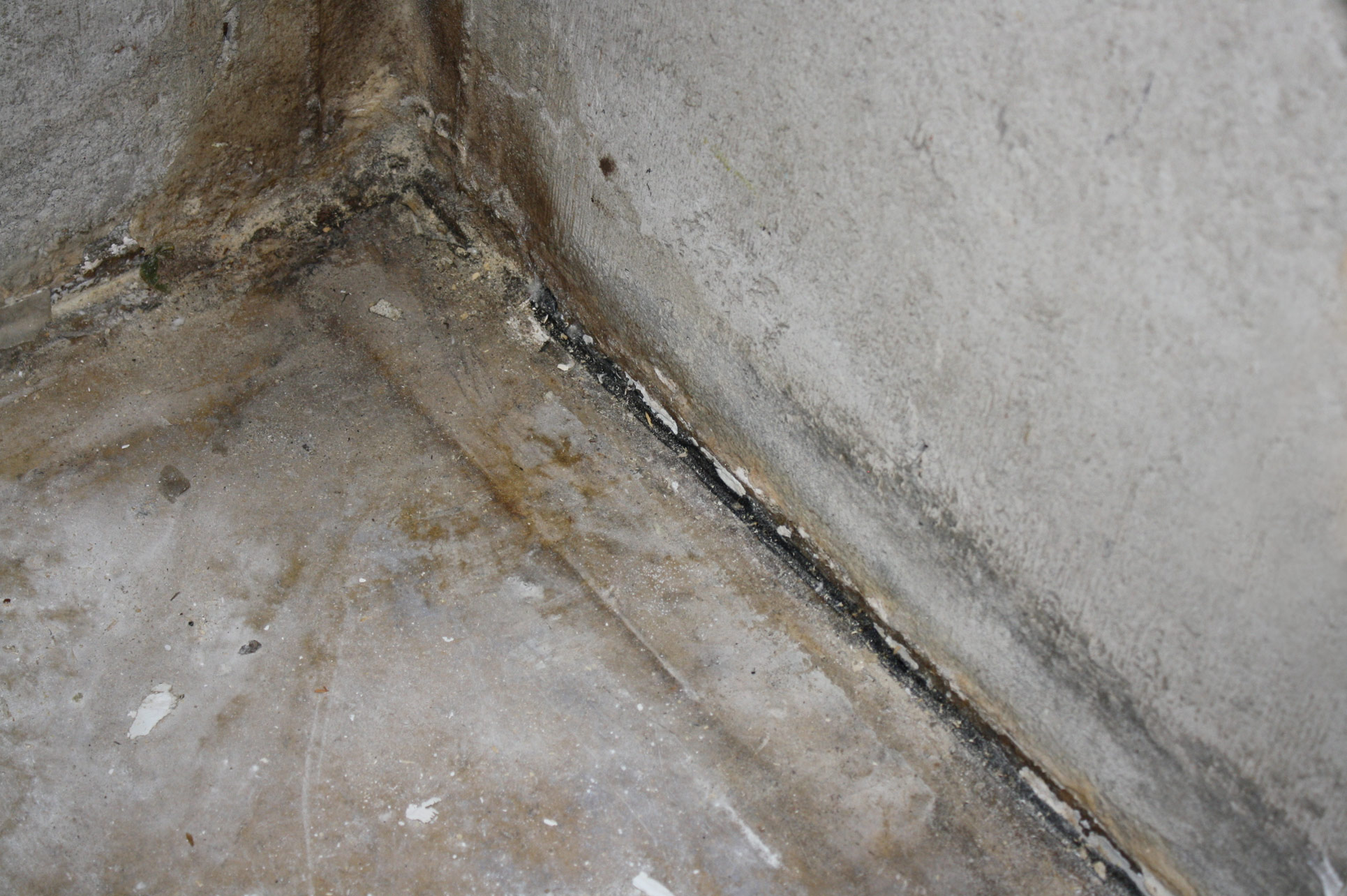Expose the Most Frequent Roots of Leakage Within Your House
Expose the Most Frequent Roots of Leakage Within Your House
Blog Article
The content listed below about Most Common Causes of Leaky Pipes is unquestionably motivating. Read it for your own benefit and see what you think of it.

Leaks not just cause waste of water but can likewise cause unnecessary damage to your home and advertise unwanted organic development. By looking as well as comprehending for everyday scenarios that create leakages, you can secure your home from future leaks as well as unnecessary damage.
Instant temperature level adjustments.
Extreme temperature modifications in our pipelines can trigger them to broaden and get all of a sudden. This development and tightening might trigger fractures in the pipelines, particularly if the temperature are below cold.
Corroded water systems
This might be the cause of staining or warping on your water pipelines. If our plumbing system is old, think about replacing the pipes since they are at a greater danger of deterioration than the newer designs.
Defective Pipeline Joints
Pipeline joints can wear away over time, resulting in water leaks. If you have loud pipes that make ticking or banging sounds, specifically when the hot water is transformed on, your pipeline joints are possibly under a lot of stress.
Encroaching origins
Many water leaks begin outside the home rather than inside it. You could discover wet spots or sinkholes in your backyard, and that might mean that tree roots are getting into water lines triggering water to leak out.
Poor Water Connectors
At times, a leak can be triggered by loose hoses as well as pipelines that supply your home appliances. In situation of a water links leakage, you may notice water running directly from the supply line or puddles around your appliances.
Clogged Drains
Blocked drains pipes may be aggravating as well as inconveniencing, but they can occasionally end up triggering an overflow leading to break pipelines. Maintain getting rid of any kind of products that might decrease your drains that can obstruct them to stay clear of such hassles.
All the above are sources of leakages but not all water leakages arise from plumbing leakages; some leaks might originate from roof leakages. All leakages should be fixed promptly to avoid water damages.
Leaks not only create waste of water however can also trigger unnecessary damage to your house and also advertise unwanted organic growth. By looking and also recognizing for everyday situations that cause leaks, you can safeguard your residence from future leaks and also unnecessary damage. Today, we will look at 6 leak triggers that may be triggering your pipes to trickle.
At times, a leak can be triggered by loose tubes and also pipelines that supply your home appliances. In situation of a water connections leakage, you may see water running straight from the supply line or puddles around your devices.
How To Check For Water Leak In Your Home
How To Check for Leaks
The average household's leaks can account for nearly 10,000 gallons of water wasted every year and ten percent of homes have leaks that waste 90 gallons or more per day. Common types of leaks found in the home are worn toilet flappers, dripping faucets, and other leaking valves. These types of leaks are often easy to fix, requiring only a few tools and hardware that can pay for themselves in water savings. Fixing easily corrected household water leaks can save homeowners about 10 percent on their water bills.
To check for leaks in your home, you first need to determine whether you're wasting water and then identify the source of the leak. Here are some tips for finding leaks:
Take a look at your water usage during a colder month, such as January or February. If a family of four exceeds 12,000 gallons per month, there are serious leaks.
Check your water meter before and after a two-hour period when no water is being used. If the meter changes at all, you probably have a leak.
Identify toilet leaks by placing a drop of food coloring in the toilet tank. If any color shows up in the bowl after 10 minutes, you have a leak. (Be sure to flush immediately after the experiment to avoid staining the tank.)
Examine faucet gaskets and pipe fittings for any water on the outside of the pipe to check for surface leaks.
Undetected water leaks can happen without the home or business owner even realizing. If you suspect a water leak, but not able to find the source. It is time to contact a professional water leak detection service, The Leak Doctor.
How To Find a Water Leak In Your Home
https://www.leakdoctor.com/blog/How-To-Check-For-Water-Leak-In-Your-Home_AE197.html

I was introduced to that article about Common Water Leaks In House through a good friend on a different web address. Those who enjoyed our blog entry kindly don't forget to pass it around. I thank you for reading our article about How to detect water leaks in your home.
Issue? Dial fast! Report this page